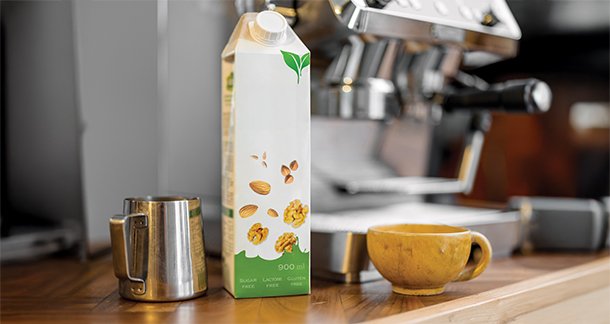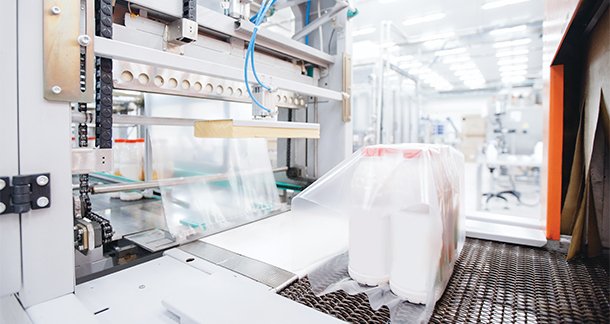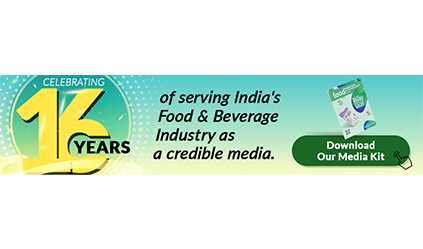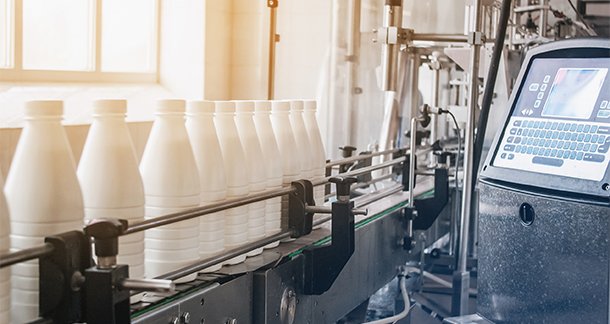Milk is a highly perishable liquid due to its neutral pH and rich nutrient composition. Its spoilage is influenced by factors like light exposure, microbial contamination, and interaction with packaging materials. Therefore, proper packaging is essential to preserve milk’s quality, safety, and nutritional value. Over the years, the dairy industry has shifted from traditional to advanced packaging methods to meet growing consumer demand, improve shelf life, and address environmental concerns.
Traditional Milk Packaging
Initially, milk in many countries was sold unpacked or in aluminum containers, leading to hygiene and adulteration issues. With the rise of dairy cooperatives, milk began to be sold in returnable glass bottles, which offered advantages like hygiene, transparency, and rigidity. However, glass had drawbacks like high weight and fragility. In the 1980s, plastic pouches made of LDPE (Low-Density Polyethylene) replaced glass bottles. These pouches are cost-effective, lightweight, recyclable, and easy to produce using Form-Fill-Seal (FFS) machines. Another major development was aseptic packaging or Tetra Pak, which involves sterilizing both milk and the packaging separately, allowing milk to be stored without refrigeration for up to three months. Tetra Pak uses multilayered materials combining paperboard, aluminum foil, and plastic.
Modern Packaging Innovations
With technological advancements, milk packaging has evolved into systems that not only store milk but also help maintain freshness, safety, and sustainability. Key modern innovations include:

- Active Packaging
Active packaging interacts with milk to improve its safety and shelf life. It may include oxygen absorbers, antimicrobial agents, or immobilized enzymes. For example, lactase enzymes can be embedded in packaging films to break down lactose in milk. Natural components like chitosan and essential oils have also been used to reduce microbial growth. This method delays spoilage and reduces oxidation without using preservatives.
- Intelligent Packaging
This packaging type provides real-time information about the milk’s condition. It can monitor factors like temperature, freshness, microbial activity, and gas concentrations inside the pack. Time-Temperature Indicators (TTIs) are used to alert consumers if the milk has been stored improperly. Optical biosensors and pH sensors can detect spoilage at an early stage. This allows for safer consumption and reduces wastage.
- Smart Packaging
Smart packaging is an advanced form of intelligent packaging that includes RFID (Radio-Frequency Identification) and NFC (Near Field Communication) tags to track milk quality through the supply chain. It allows dynamic expiry dates based on actual storage conditions. Some systems, like Bluetooth-enabled SmartCaps, can send spoilage alerts to smartphones. These technologies improve traceability, cold chain monitoring, and consumer trust.
- Light-Blocking Bottles
Milk is sensitive to light, especially in the 300–500 nm range, which can degrade vitamins A and D and produce unpleasant “sunlight flavor.” To prevent this, opaque or pigmented bottles made from HDPE or amber PET are used to block UV rays. Some containers also use multilayer films with UV-blocking agents. This protects both taste and nutrition, especially in products stored under retail lighting.
- Green Packaging
Green packaging focuses on eco-friendly materials such as biodegradable plastics (like PLA from corn starch), recycled paperboard, and plant-based films. These materials help reduce environmental pollution, carbon emissions, and reliance on petroleum-based plastics. Water-based inks and adhesives are also being used to make packaging more sustainable. Green packaging aligns with the global movement toward reducing plastic waste.
- Combination Packaging
The future lies in combining active, intelligent, and green packaging methods. Such integrated systems can simultaneously extend shelf life, ensure safety, and reduce environmental impact. This multi-functional approach helps meet modern consumer demands while supporting public health and sustainability goals.

Challenges and Considerations
Despite many innovations, several challenges remain. These include: Cost of advanced technologies like smart sensors and RFID tags. Regulatory approvals for food-contact materials. Scalability and recyclability of complex packaging and Consumer awareness and willingness to pay more for advanced features. Additionally, balancing safety, environmental impact, and economic feasibility is a key concern for packaging developers and manufacturers.
Conclusion
Modern milk packaging goes beyond containment which plays a critical role in enhancing milk safety, extending shelf life, and protecting the environment. From glass bottles to smart pouches, innovations have improved storage, transportation, and consumption of milk. With rising environmental awareness, green and intelligent packaging is becoming essential in addressing food waste and climate impact. By adopting technologies like active coatings, smart sensors, and sustainable materials, the dairy industry is shaping a safer, smarter, and greener future for milk production and distribution.
About the Author:
Sneha1 and Ruchi Verma2*
1,2Department of Food Processing and Technology, Gautam Buddha University,
School of Vocational Studies and Applied Sciences, Greater Noida (U.P)
*Corresponding author email: ruchiverma0715@gmail.com



